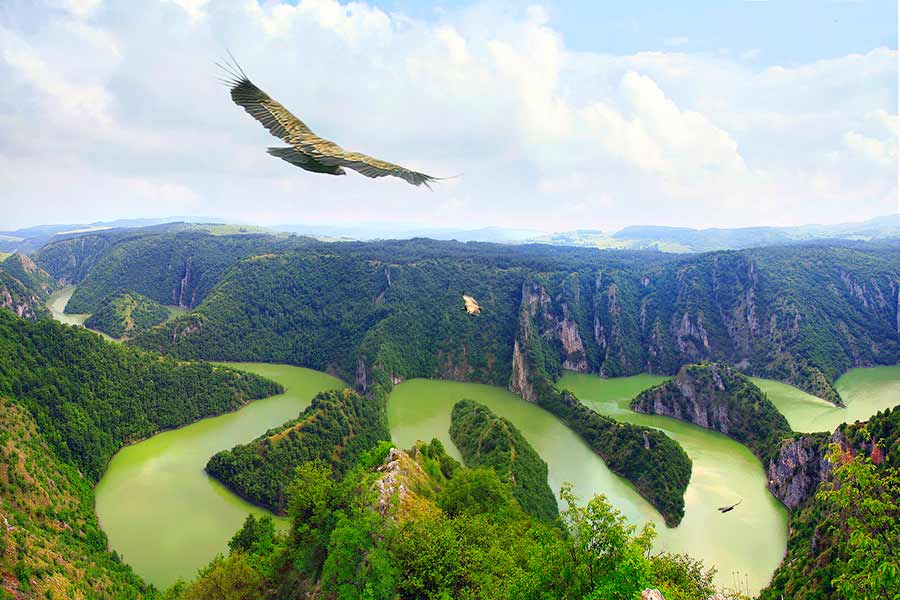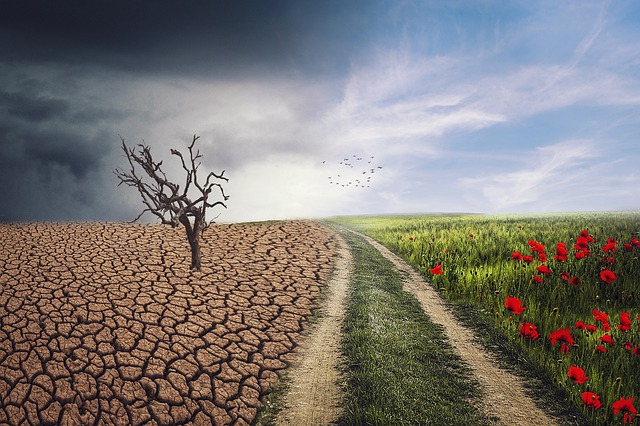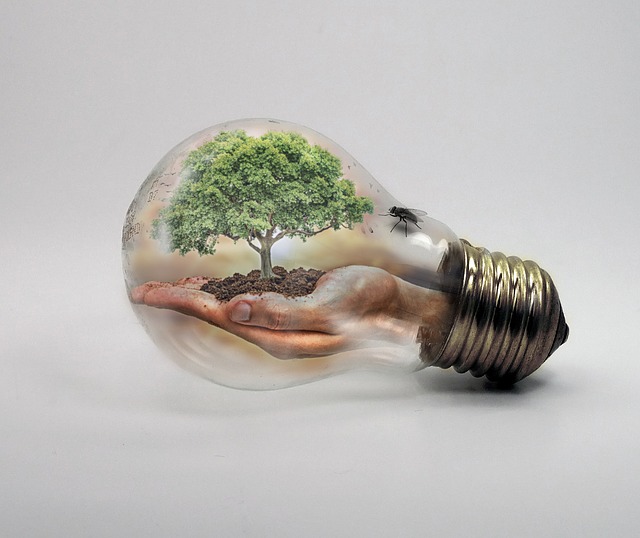Climate & Nature in Serbia
Perhaps more than ever, during last year we had the opportunity to visit almost every corner of our beautiful country and experience many landscapes that take your breath away with their beauty and uniqueness. At any time of the year, the destinations we head to will definitely enchant us and awaken the adventurous spirit, regardless of whether we are adrenaline types or we have not yet discovered that side within us.
We take you through numerous nature beauties, climate of the area, as well as how we can contribute to the preservation of the planet by acting locally.
According to its geographical position, Serbia is an oasis in which hilly and mountainous landscapes, plains, as well as a rich hydro system, numerous rivers, lakes, some of which represent a real natural attraction.

Nature in Serbia
The unique nature, which consists of about 3,000 plant and a large number of animal species, has classified Serbia as a world center of biological diversity. The flora of this country consists of about 3,000 plant species, some of which live only in Serbia, and a large number of animals are included in the world's atlases of natural rarities.
The main natural features of Serbia, as we have already mentioned, are the lowlands in the north and the mountain-valley areas in the south. Serbia is favorable for everyone who loves an adventurous vacation in nature, climbing rocks and cliffs, long walks through nature and is one of the few countries that can boast of a wealth of medicinal plants ... Serbia is rich in protected areas. The UNESCO list includes nine protected significant sites in Serbia.
Visitors to Serbia can see national parks, nature reserves, nature parks, natural monuments, protected habitats of endangered plant and animal species.
In previous blogs we have written to you about numerous destinations and attractions, and now we bring you cultural monuments that are part of the UNESCO World Cultural Heritage:
- Stećak tombstones - medieval tombstones
- Gamzigrad - Romuliana
- Gracanica Monastery
- Pecka Patriarchate Monastery
- Church of Our Lady of Ljeviska
- Visoki Decani Monastery
- Studenica Monastery
- Sopoćani
Climate of Serbia
Climate of Serbia is moderate continental with a diversity on local level, caused by geographic location, relief, terrain exposition, presence of river and lake systems, vegetation, urbanization etc. Proximity of the mountain ranges of Alps, Carpathians, Rhodopes, as well as Adriatic Sea and Pannonian plain affect the climate. Location of river ravines and plains in the northern area of the country enable occasional deep southward protrusion of polar air masses on winters, while hot Saharan air often intrudes over the Mediterranean Sea on summers.
Average annual air temperature for the period 1961-1990 for the area with the altitude of up to 300 m (980 ft) amounts to 11 °C (51.8 °F). The areas with the altitudes of 300 to 500 m (984 to 1,640 ft) have average annual temperature of around 10.5 °C (50.9 °F), and over 1,000 m (3,281 ft) of altitude around 6 °C (42.8 °F).
However, we are witnessing accelerated climate change, which has increasingly begun to be largely reflected in numerous disasters.

Extreme events such as large fires, floods, soil erosion, storms and tropical heat waves are attracting the attention of the media and the general public. Statistical analyzes show that the occurrence of these phenomena is increased due to climate change.
The average air temperatures for the five-year period from 2015 to 2019 and for the ten-year period from 2010 to 2019 were the highest in the history of measurements. Every decade since the 1980s has been warmer than the last. Due to record levels of greenhouse gases that retain heat in the atmosphere, this trend is expected to continue.
According to the Environmental Protection Agency of Serbia, the temperature in Serbia as well, especially in the last 15 years. Excessive use of fossil fuels is warming the planet Earth faster than ever before. It has many negative effects on our life and the planet.
What causes climate change?
The cause of climate change is the unlimited combustion of fossil fuels - coal, oil and natural gas - which are also the causes of the release of CO2 in the atmosphere to an increasing extent. Because of this, the layer of greenhouse gases around the Earth becomes thicker, which makes the Earth warmer. The reason we do this is to satisfy our need for energy. However, thanks to human inventiveness, there are now smart ways to create energy.

Switching to clean and renewable energy sources, ending the use of plastics and recycling that is subject to that process. Protect your environment, because in that way we protect our planet and all the riches it provides us!










